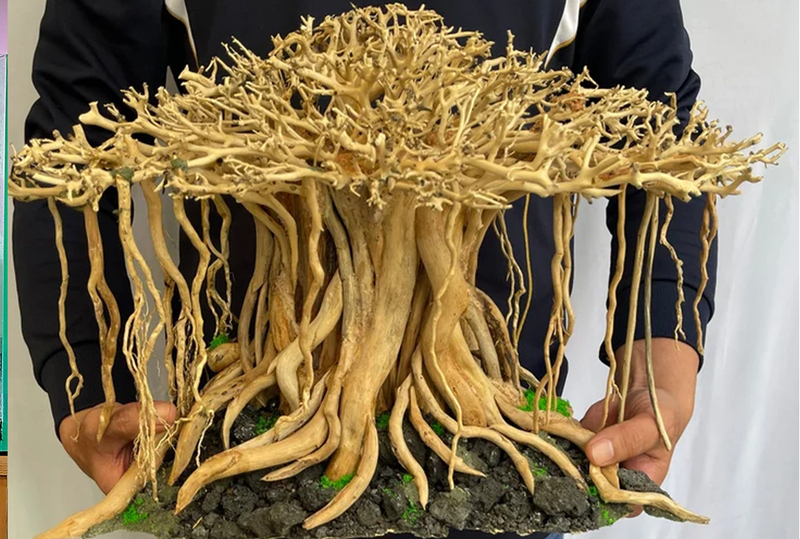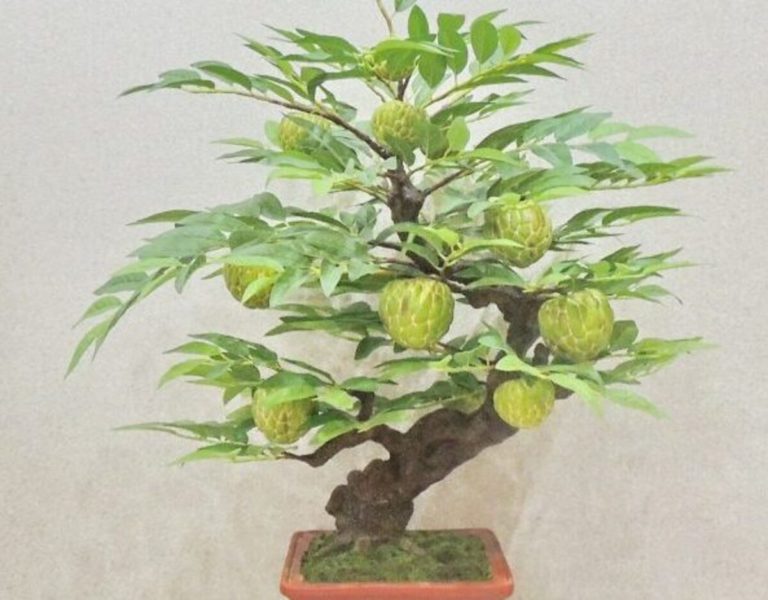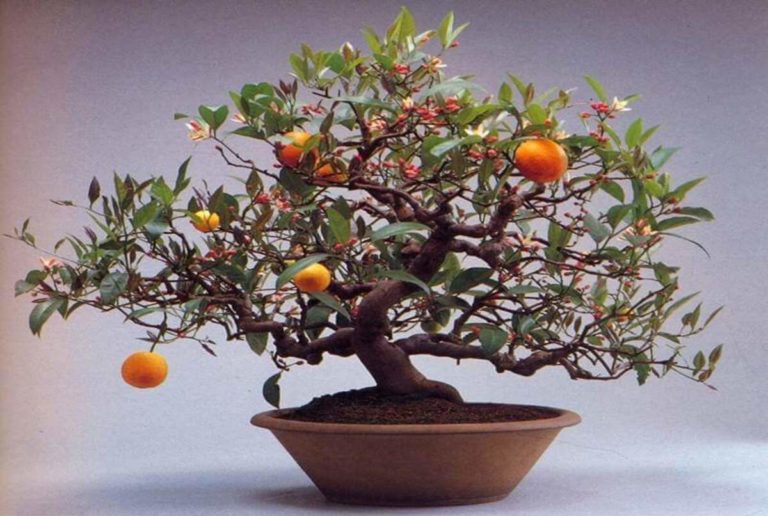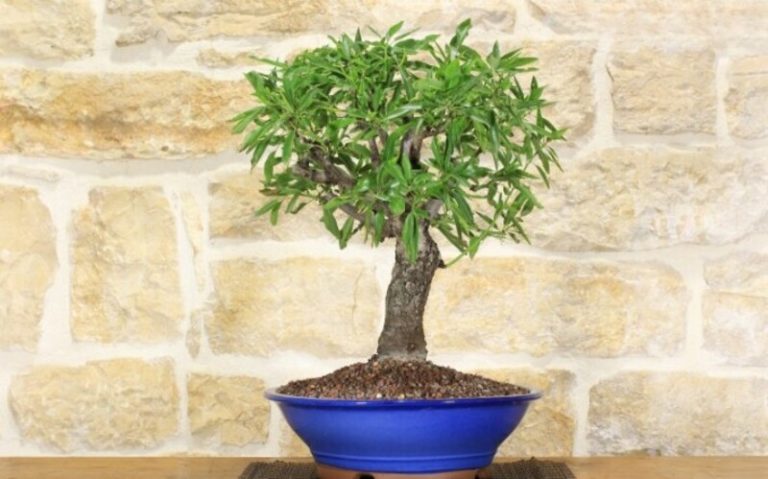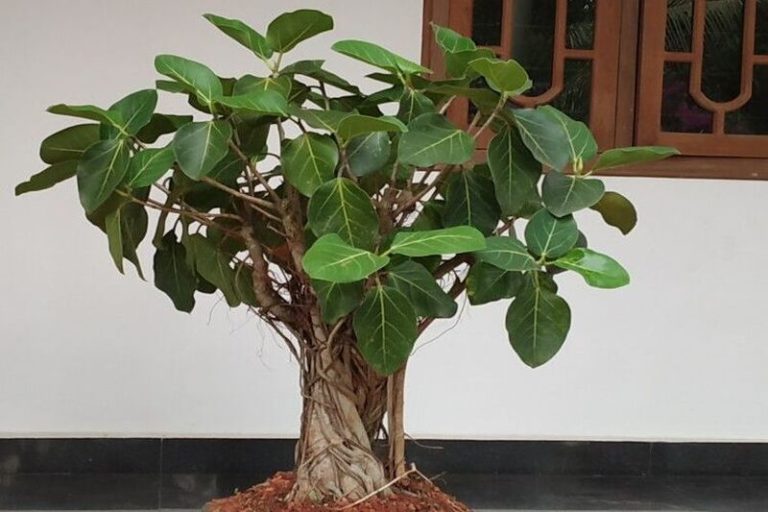Bonsai Driftwood: A Natural Alternative to Artificial Aquarium Décor
Bonsai driftwood is a type of aquarium decoration made from real driftwood that has been sculpted, shaped, and styled to look like small trees. The word “bonsai” refers to the Japanese art of growing trees in small containers and shaping them to look like full-sized trees.
Bonsai driftwood is often used in aquariums because it looks beautiful and natural. It is often used to create beautiful and unique Aquascapes in fish tanks and other places with water. Bonsai driftwood available in a different of sizes and styles, and can be used in both freshwater and saltwater aquariums.
Types of Bonsai Driftwood
There are many different shapes and sizes of driftwood bonsai , each with its own special qualities. The most typical varieties of bonsai driftwood are listed below:
Manzanita: Manzanita driftwood is made from the Manzanita tree, which is endemic to the western United States. It is distinguished by its distinctive form and reddish-brown tint, which creates a stunning contrast to your aquarium.
Malaysian: Malaysian driftwood is known for its distinctive twisting shapes and intricate root systems. It has a light brown color and can create a dramatic and natural look in your aquarium.
Mopani: Mopani driftwood is a popular choice for aquarium enthusiasts because of its durability and interesting shape. It is often a dark brown color and has a distinctive twisted look.
Spiderwood: Spiderwood is a type of driftwood that has long, spindly branches that resemble spider legs. It is a lighter color and can add a delicate and unique look to your aquarium.
Cholla: Cholla driftwood is made from the skeleton of a cholla cactus. It has a unique, porous texture that can be used as a natural hiding spot for your aquatic life.
Grapevine: Grapevine driftwood comes from the roots and vines of grapevines. It is often a light brown color and has a twisting and gnarled appearance.
Oak: Oak driftwood is known for its hard and durable nature. It is often a darker color and can add a natural and rugged look to your aquarium.
When introducing any form of bonsai driftwood to your aquarium, it is essential to ensure that it has been well cleaned and prepped.
Characteristics of Bonsai Driftwood
Bonsai driftwood is an unusual aquarium ornament that’s gaining popularity because to its many desirable qualities. Some distinguishing features of driftwood for use in bonsai are as follows:
- Natural appearance: The natural look of bonsai driftwood is one of its defining traits. The wood is acquired from natural places, such as woods and beaches, and is molded to get a distinctive and lifelike appearance.
- Durability: Bonsai driftwood is known for its durability, which makes it a long-lasting addition to your aquarium. It can withstand the harsh aquatic environment and will not deteriorate or break down over time.
- Variety of shapes and sizes: Bonsai driftwood is available in several sizes and forms, allowing you to tailor the appearance of your aquarium. There are enormous, dramatic pieces and little, delicate bits of bonsai driftwood available for your aquarium.
- Provides shelter and hiding places: The natural shape and texture of bonsai driftwood provide shelter and hiding places for fish and other aquatic animals. This is especially important for shy or territorial fish, who may need a place to hide or feel safe.
- Natural filtration: Bonsai driftwood may also serve as natural aquarium filtration. The wood has the ability to absorb and eliminate harmful chemicals and poisons from the water, therefore creating a healthier environment for aquatic life.
- pH stabilization: Bonsai driftwood can assist to maintain the pH balance in an aquarium. This is crucial since rapid pH fluctuations can be detrimental to your fish and other aquatic species.
In sum, bonsai driftwood has the qualities that make it a favorite among aquarium hobbyists who value creating a beautiful and authentic setting for their aquatic pets.
How to Grow Bonsai Driftwood
Bonsai driftwood is a static decoration that adds a natural and unique look to your aquarium. Here are some tips on how to grow bonsai driftwood:
Choose the right type of driftwood: The type of driftwood you choose will have an impact on the appearance of your bonsai driftwood. Look for driftwood that has a natural shape and texture, and is free from cracks or splits.
Prepare the driftwood: Before cultivating driftwood bonsai, you must soak the driftwood in water for at least 24 hours. This will assist in removing any potential dirt, debris, or germs.
Attach the moss: To create the appearance of a miniature tree growing out of the driftwood, you can attach moss to the surface of the wood. This will create the appearance of foliage and add a natural look to your aquarium.
Add aquatic plants: To enhance the natural look of your bonsai driftwood, you can add aquatic plants around the base of the wood. This will create the appearance of a miniature forest and add color and texture to your aquarium.
Maintain the environment: Bonsai driftwood requires a stable and healthy aquatic environment in order to thrive. This means maintaining proper water parameters, such as temperature, pH, and water hardness, and regularly cleaning and maintaining your aquarium.
Overall, growing bonsai driftwood is a simple and rewarding process that can add a unique and natural look to your aquarium. With the right type of driftwood and a little bit of creativity, you can create a stunning miniature forest in your own home.
Benefits of Growing Bonsai Driftwood
Growing bonsai driftwood in your aquarium can provide a number of benefits beyond just its aesthetic appeal. Here are some of the main benefits of growing bonsai driftwood:
- Natural environment: Bonsai driftwood provides a natural environment for your aquatic critters. This creates a better habitat for your fish and other aquatic life by absorbing and removing harmful chemicals and poisons from the water.
- Shelter and hiding places: The natural shape and texture of bonsai driftwood provide shelter and hiding places for fish and other aquatic animals. This is especially important for shy or territorial fish, who may need a place to hide or feel safe.
- Natural filtration: Bonsai driftwood may serve as natural aquarium filtration. The wood has the ability to absorb and eliminate harmful chemicals and poisons from the water, therefore creating a healthier environment for aquatic life.
- Stabilize pH levels: Bonsai driftwood can assist to maintain the pH balance in an aquarium. This is crucial since rapid pH fluctuations can be detrimental to your fish and other aquatic species.
- Promote natural behaviors: The addition of bonsai driftwood to your aquarium can encourage natural activities such as hiding, exploring, and hunting for food in your aquatic critters. This can aid in the creation of a more engaging and exciting habitat for your fish and other aquatic creatures.
- Aesthetic appeal: Of course, the main benefit of growing bonsai driftwood is its aesthetic appeal. The unique and natural look of the wood can add a beautiful and calming element to your aquarium, enhancing the overall appearance of your home or office.
Overall, growing bonsai driftwood can provide a number of benefits for both you and your aquatic animals. From creating a natural and healthy environment to enhancing the beauty of your aquarium, bonsai driftwood is a worthwhile addition to any aquarium setup.
How to Care and Maintenance for Bonsai Driftwood
To maintain the health and lifespan of your bonsai driftwood, proper care and upkeep are important. Here are some maintenance and care instructions for your bonsai driftwood:
Regular cleaning: You should remove any dead or rotting plant material, uneaten food, or other debris that may build on the bonsai driftwood so that it remains clean and clear of debris. This will allow you to maintain your bonsai driftwood clean. To clean the wood, use a delicate brush or a stream of water that is not too strong.
Water changes: Maintaining the health and quality of your aquarium water requires regular water changes. To help avoid the building of dangerous chemicals and pollutants in your aquarium, change 10-20% of the water weekly.
Avoid direct sunlight: Keep bonsai driftwood away from direct sunshine, which can cause the wood to dry up and become brittle.
Avoid harsh chemicals: Strong chemicals, such as bleach or other cleaning agents, should never be used on bonsai driftwood since they can destroy the wood and your aquatic critters.
Monitor water parameters: Make sure the pH, temperature, and water hardness levels in your aquarium are within the acceptable range for the aquatic critters you keep there.
Replace when necessary: If your bonsai driftwood begins to decay or show signs of damage, it should be replaced to prevent the buildup of harmful bacteria and toxins.
Bonsai Driftwood Care Sheet
| Aspect | Care Tips |
|---|---|
| Sunlight | Bonsai driftwood needs no sunshine. To avoid light exposure, place it in a shaded tank. |
| Watering | Before placing it in an aquarium, bonsai driftwood should be soaked in water to eliminate dirt and debris. |
| Cleaning | Warm water and a gentle brush may remove debris off bonsai driftwood. Soap and strong chemicals can damage wood and the aquarium. |
| Harsh Chemicals | Harsh chemicals can damage Bonsai driftwood and the aquarium environment. |
| Water Parameters | Tannins and other organic substances from bonsai driftwood can alter pH and impact water chemistry. Maintaining a healthy aquarium requires frequent water parameter monitoring and water changes. |
| Replacement | If damaged or decayed, aquarium bonsai driftwood may need to be replaced. Maintenance and monitoring extend its longevity. |
You can preserve the beauty and lifespan of your bonsai driftwood and assist your aquatic creatures live in a healthy, natural habitat by according to these care and maintenance guidelines.
Conclusion:
Bonsai driftwood is a beautiful and natural addition to any aquarium setup. Its unique and natural appearance can add aesthetic appeal while also providing a range of benefits for aquatic animals, including natural filtration, shelter, and promoting natural behaviors. To ensure the health and longevity of your bonsai driftwood, proper care and maintenance are essential.
FAQ:
Q: What is Bonsai driftwood?
A: Bonsai driftwood is a natural decorative piece of wood that is shaped and crafted to resemble a miniature bonsai tree. It is made from driftwood, which is wood that has been carried by water and washed ashore.
Q: What are the benefits of having Bonsai driftwood in an aquarium?
A: Bonsai driftwood provides a natural, realistic aesthetic to an aquarium. It also provides a place for fish to hide and explore, as well as a surface for beneficial bacteria to grow on, which can help to maintain a healthy aquarium environment.
Q: Do I need to treat Bonsai driftwood before putting it in my aquarium?
A: The Bonsai driftwood should be soaked in water for many days or weeks before being added to an aquarium. This will aid with the removal of dirt, debris, and tannins that might potentially leak into the aquarium water and cause problems.
Q: How do I clean Bonsai driftwood?
A: To clean Bonsai driftwood, you can simply rinse it with warm water and use a soft brush to remove any debris or dirt. Avoid using soap or any cleaning products, as this can harm the wood and affect the aquarium environment.
Q: How long does Bonsai driftwood last in an aquarium?
A: Depending on the quality of the wood and the aquarium’s circumstances, bonsai driftwood can live for many years. Water changes and cleaning can extend the life of your aquarium.
Q: Can I use Bonsai driftwood in a saltwater aquarium?
A: Yes, Bonsai driftwood may be used in a saltwater aquarium; however, it may need to soak for a longer amount of time to eliminate any salt or minerals that could affect the aquarium ecosystem.
Q: Can I attach plants to Bonsai driftwood?
A: Yes, you can attach aquatic plants to Bonsai driftwood using fishing line, thread, or plant glue. This can help to create a natural, planted look in the aquarium.
Q: Can Bonsai driftwood affect the water chemistry in an aquarium?
A: It is true that the tannins and other organic compounds released by Bonsai driftwood can change the pH and chemistry of the water. Nonetheless, this can be useful for some fish and plants since it can mimic their natural habitat. Constantly checking water conditions and changing it as necessary is essential.
Also Read:
Shohin Bonsai: The Perfect Hobby for Busy People Looking for a Little Zen in Their Lives

